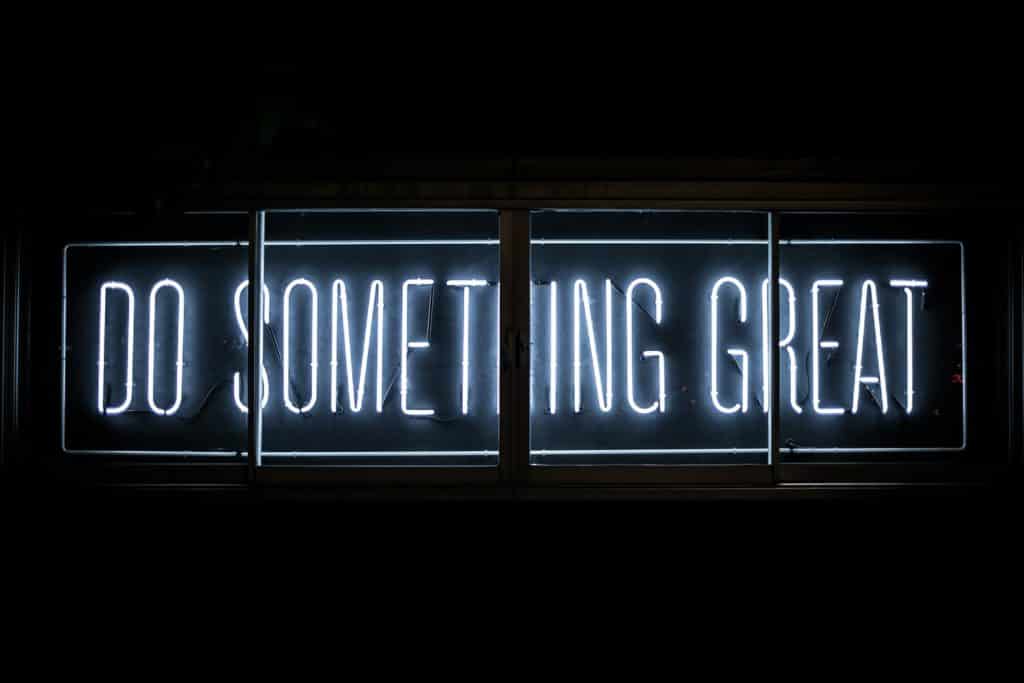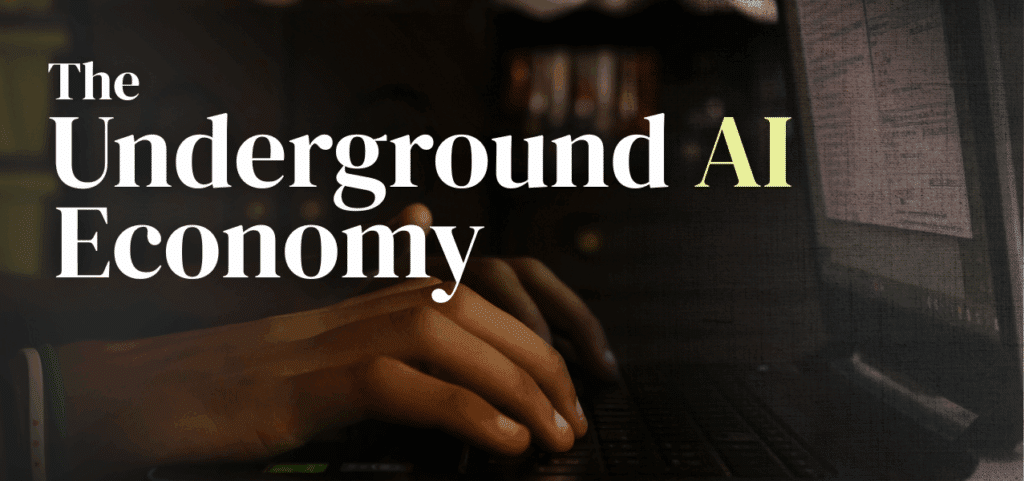The Trusting Leader

Remember when Trust was a nice-to-have? Well, it’s not anymore, so I took some time to reflect on how I show trust and find inspiring examples of what works in practice to become trusting leaders.
As long as performance was looking up and the metrics shone green, bad leadership and disappointing management styles were not an issue. Command and control, micro-management and follow-the-leader attitudes worked because the better the numbers, the greater the tolerance for suboptimal management.
But we live and work in not only in turbulent, but unforgiving times. In this unforgettable spring of 2020, within a couple of days, managers had to face the new reality of leading teams remotely and trusting them that work gets done. For many of them, it was a drastic change in direction and a sharp disruption of their way of leading.
We know that trust in the workplace is integral to employees’ unlocking their performance potential. But having confidence in employees and empowering teams don’t come easy. Even under normal circumstances, it is hard to find the right time to try something new and to let go of things that worked in the past. The current focus on crisis management combined with the personal stress makes it even harder to allocate mental energy to intentional change. It’s much easier to revert to recipes that seemingly delivered results before.
Only a few times throughout my career – working with small agencies or large organizations – have I experienced top management initiating positive change in the leadership culture of their company. It left an impression on me. They strongly believed that this culture needed to include values such as trust and appreciation and it gave their employees personal responsibility and autonomy.
Today’s shift was not initiated by leaders with foresight – it was imposed. Leaders now need to create a feeling of togetherness despite physical isolation and distance of team members. They need to provide clarity and have confidence in the ability of their teams.
The current crisis mode might not turn every manager into a trusting leader – especially if there was no desire to change in the first place – but change on the scale we are seeing now has already shown to rip right through conventions, cultural and behavioral patterns. Many of us are learning lessons we never signed up for and there are definitely opportunities to adapt leadership behaviors for the better.
What We Know About Trust – in Theory
There is a lot of literature and research available when it comes to engaging with teams and building trust. Google, for example, did an interesting experiment almost 10 years ago. It pulled together the company’s best engineers, organizational psychologists, sociologists and statisticians to answer – once for all – the question on how to build efficient teams.

But Google struggled to identify evidence that the composition of a team made a real difference: more than 180 Google teams were scrutinized but the analysts found nothing that would prove a specific mix of personality types, skills or backgrounds would outperform others. It turns out that it came down to providing a safe space where employees can take risks, get rewarded for enthusiasm and feel energized, in other words: Trust.
High-performing teams trust that even bad ideas or failures do not mean exclusion. The importance of physiological safety is a no-brainer and a tremendous booster for engagement.
We are also often made aware that employees should contribute in ways that are meaningful to them and how this leads to engagement and better results for the company. Textbooks and consulting blogs are full of this advice but how many leaders actually apply it in their daily life?
“Have Fun and Make Money”
Take material science company WL Gore for example. Mainly known for its Gore-Tex fabric, its most significant innovation is not necessarily a product, but rather its unique non-hierarchical management model.
When the company was founded in Delaware over 60 years ago, its founders wanted to build a workplace based on the theory that its employees could “have fun and make money”. The founder’s obsession with personal fulfillment and the company’s meaningful impact on society resulted in original management practices that pursued two goals only: trust and freedom for initiatives.
We have also heard about distributed autonomy and shared leadership but what does it really mean in a world where “remote” has become the new normal? Research and academic papers dealing with the engagement of remote workers have rarely taken into account that an entire organization is forced to work remotely within a couple of days. It was more about managing those who cannot come to the office every day and making sure they buy into the feeling of doing something that matters.

As video conferencing tools replaced face-to-face business meetings and collaboration platforms took over in-person project updates, I clearly see that another word becomes the cornerstone of a new leadership culture that is not built around physical contact: Trust. I have heard an executive saying that leading in a virtual world is the supreme discipline of leadership. In that regard, textbooks and research can only point us in the right direction. Finding the right solution, however, that works for you can only be achieved by trying out new things in the field, and by giving teams freedom within a framework.
Trust-Hacking The Virtual World
Building trust in a remote team does not mean creating a Slack group or running all communication on Microsoft Teams. While it certainly helps to share information and fosters a culture of transparency, leaders in a remote working world need to understand the fundamental shift: the metrics of performance measurement have changed. Leaders have to face the new reality because remote and mobile work is most like here to stay. What used to be “time-at-the office” cannot simply be converted into “time-at-seat” when employees work from home. At one point, leaders will trust that teams are going to accomplish what they have agreed they should accomplish. It will become second nature to them.
WDHB has a global team that has been used to work remotely or on the road for years. Our teams are held accountable for the work they do, not the hours they work. The leadership team trusts everybody to manage their time and responsibilities around an agreed output. The extends to the vacation policy by the way: it is unlimited – with the trust that no one abuses the system and leaves work undone with colleagues. This flexibility to organize and manage the workload and experience freedom within a framework is a big but quite simple sign of trust.
Other easy-to-apply hacks are regular feedback sessions with the team (“retrospectives”) to collect inputs and make adjustments. Having a culture of constructive feedback does not only provide valuable hints for improvement on every level but over time the ritual contributes towards creating a safe space for everyone to share and thrive.

How I Show Trust
Trust is a complex neural process and – although I am regularly exposed to activities based on neuroscience at my job here at WDHB – the concept of trust still holds several unexplainable secrets that wait to be revealed.
But there is one rule of thumb that has helped me in the past: When dealing with these paradoxes, I am a big fan of addressing the elephant in the room. I prefer to simply talk about the issues and impacts at hand and try to explain my thought process for any decision. I see it as a way to show trust in others. I trust that I will be understood, and my honesty might gain me their trust in return.
Trust is transactional and can only be earned by one person from another. It cannot be established overnight – even back then before work-from-home became the norm, building trust took time. In a virtual world, we all need to make an even greater effort to build trusting relationships. What we can all do to foster trust (virtual or in-person), in my experience, is to simply be a warm decent human being.
Author
Subscribe to get Access to Exclusive Content





